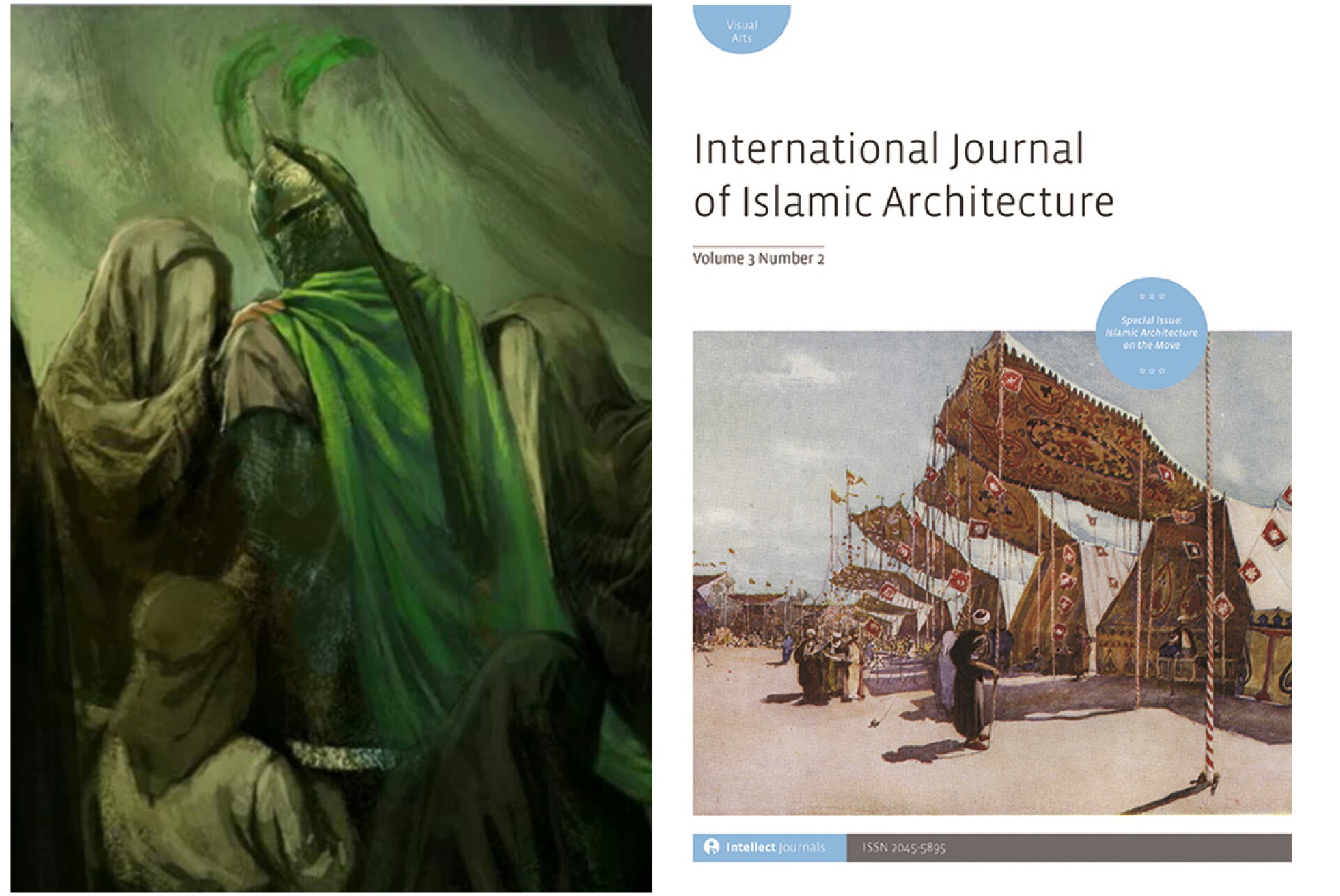Intellect, 2014
Under the Shi'a Nawabs, the city of Lucknow connected the north Indian province of Awadh westward to Mughal Shahjahanabad, Persia and beyond.
To the east, terrestrial and waterborne traffic linked Awadh to Bengal (under the East India Company), and on to China. Locating Lucknow amid political, economic, intellectual and spiritual routes, this article draws attention to the hybrid architecture that materialized diverse ideas and techniques, from the work of Vanbrugh to the Indo-Gangetic vernacular.
Most intriguingly, the article examines portable models (known as taziya and zareeh) that were paraded through Lucknow to mourn the martyrdom of Shi'a Imam Husayn during Muharram. The travelogue of Mirza Abu Taleb Khan, who served in the sophisticated court of Asaf-ud-Daula (r.1775–97), offers an itinerary to interpret the intentionally hybrid architecture of Lucknow – including the imambaras where the models were housed – and to connect it to the city's regional, continental and global networks.
This hybridity has been criticized for its excess or dismissed as mimesis. However, a number of recent heritage surveys prompt fresh analysis. Despite this new scholarship, Lucknow has not been duly recognized as one of the most significant sites of exchange amidst a vast network of Eurasian architectural mobility in the eighteenth century.

